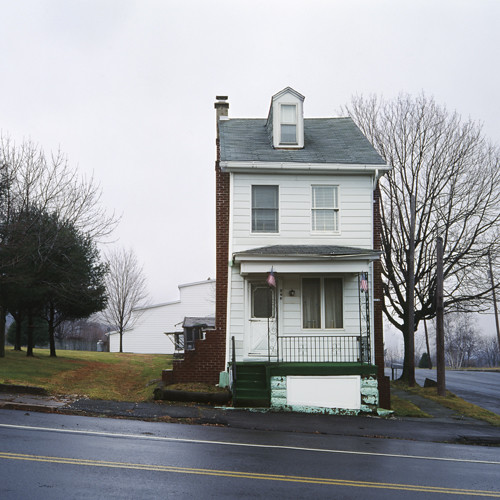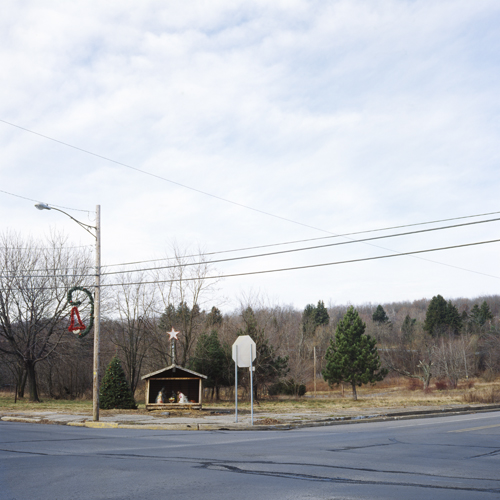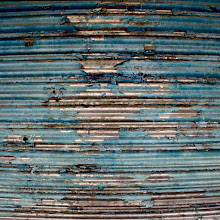
I love this skinny, what-was-a-row house, on South Locust Avenue, in that elusive town of Centralia. When I drove by on Route 61, over Thanksgiving, it was gone. Which means that whom ever the house belonged to either passed away or moved out.
I went back in early January to re-take the photograph. There was absolutely nothing there to signify that a house had stood in that spot. The grass, even in the middle of the winter, had grown over the lumpy dirt where the foundation was ripped out. It was as if the earth wanted to forget it quickly and healed over as fast as it could, despite the cold, wet winter.

One of my favorite books about Centralia is Slow Burn: A Photodocument of Centralia, Pennsylvania by Renee Jacobs. Jacobs lived with a family in Centralia as the issues in the early and mid 80's started to develop. An intimate look into the lives of the former residents, it portrays the huge divide between those who wanted to stay and those who wanted to leave. The book documents the fight for and eventual loss of the community. It is powerful and well-written and stands as one of the few sources about the town of Centralia and what was lost to the fires.
David DeKok's Unseen Danger is currently sitting on my book shelf. It is an in-depth, text-only look at what really happened there and how the people of the town came together to secure a future that didn't involve gas alarms in their kitchens and bedrooms.
I still think that, in context to where Centralia is, the story is unsurprising. The weight of being in Centralia is no different than the weight of being in any other part of the Coal Region. It blends into the strip mines and culm piles, a mere blip on the screen of your windshield if you're not paying attention to road signs.
It is no secret that I am totally obsessed with the Pennsylvania Anthracite Coal Region. I've posted about it before and talked about it at great length, but I thought this would be a good place to start this blog.

